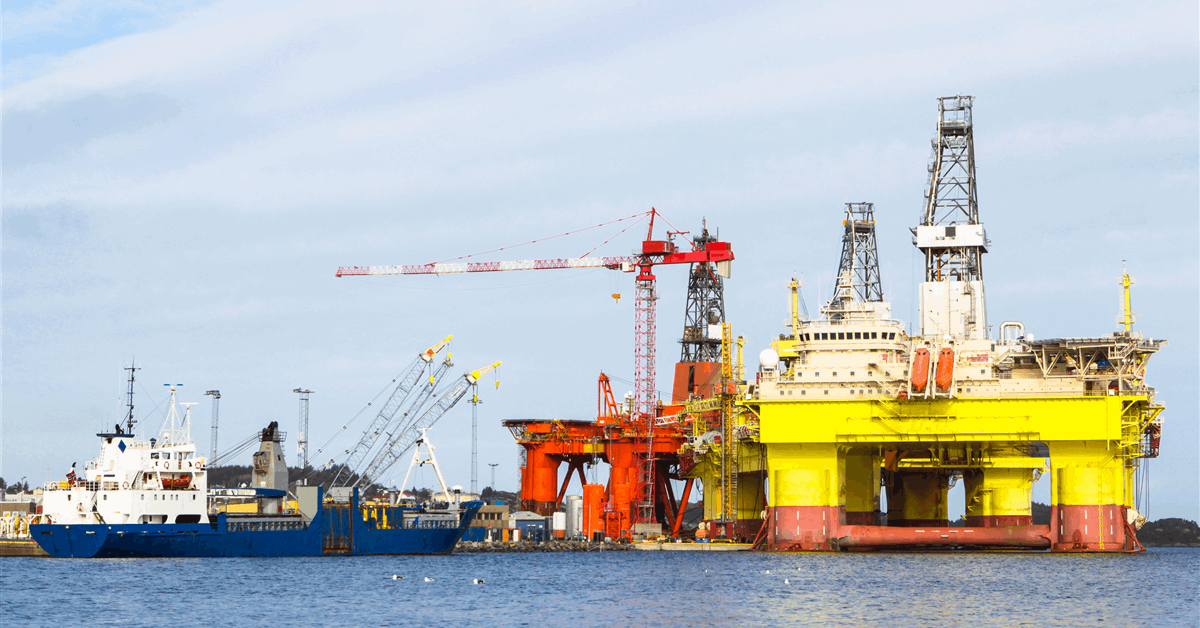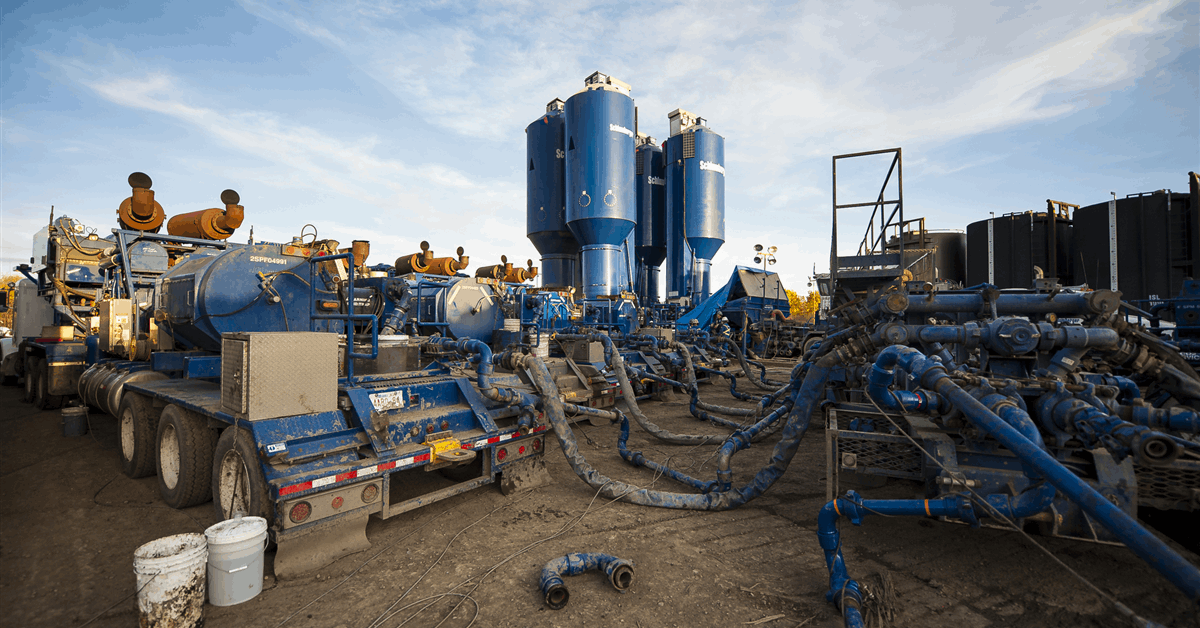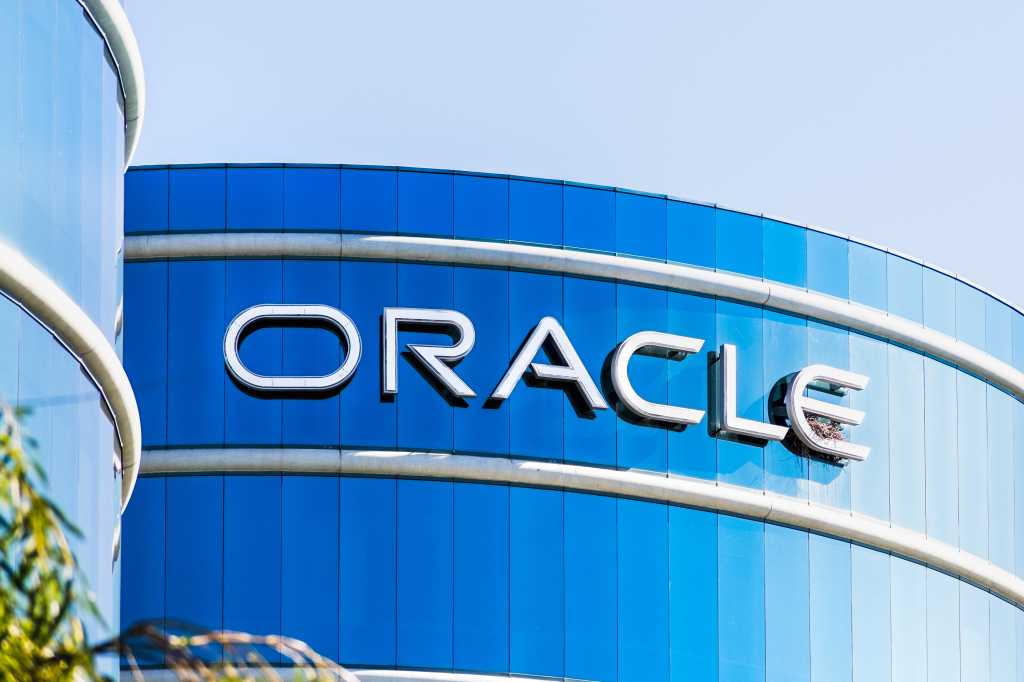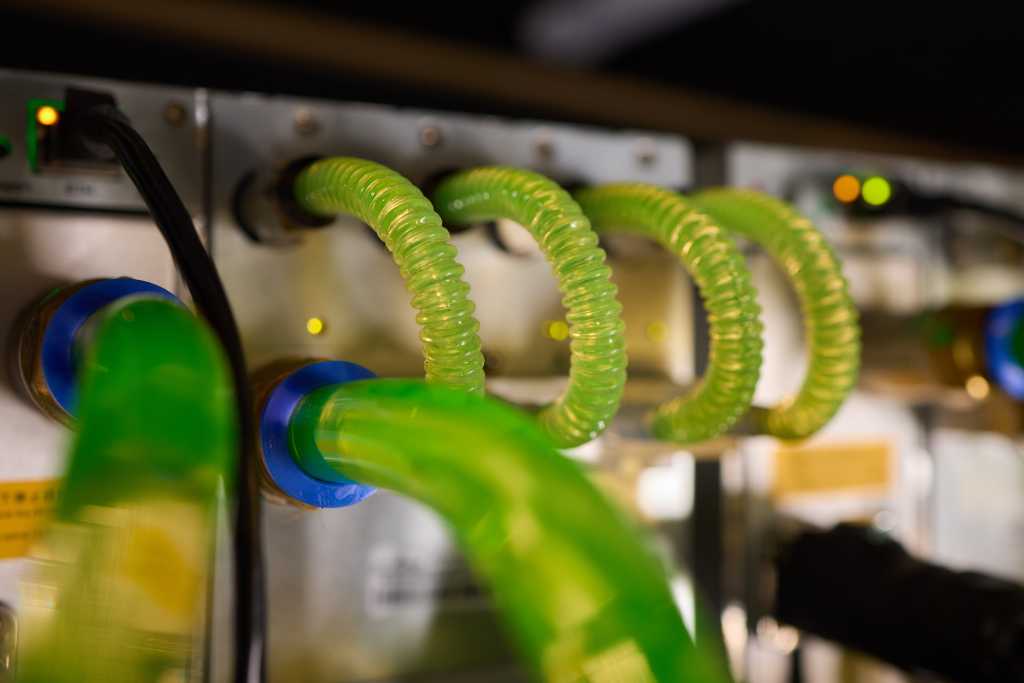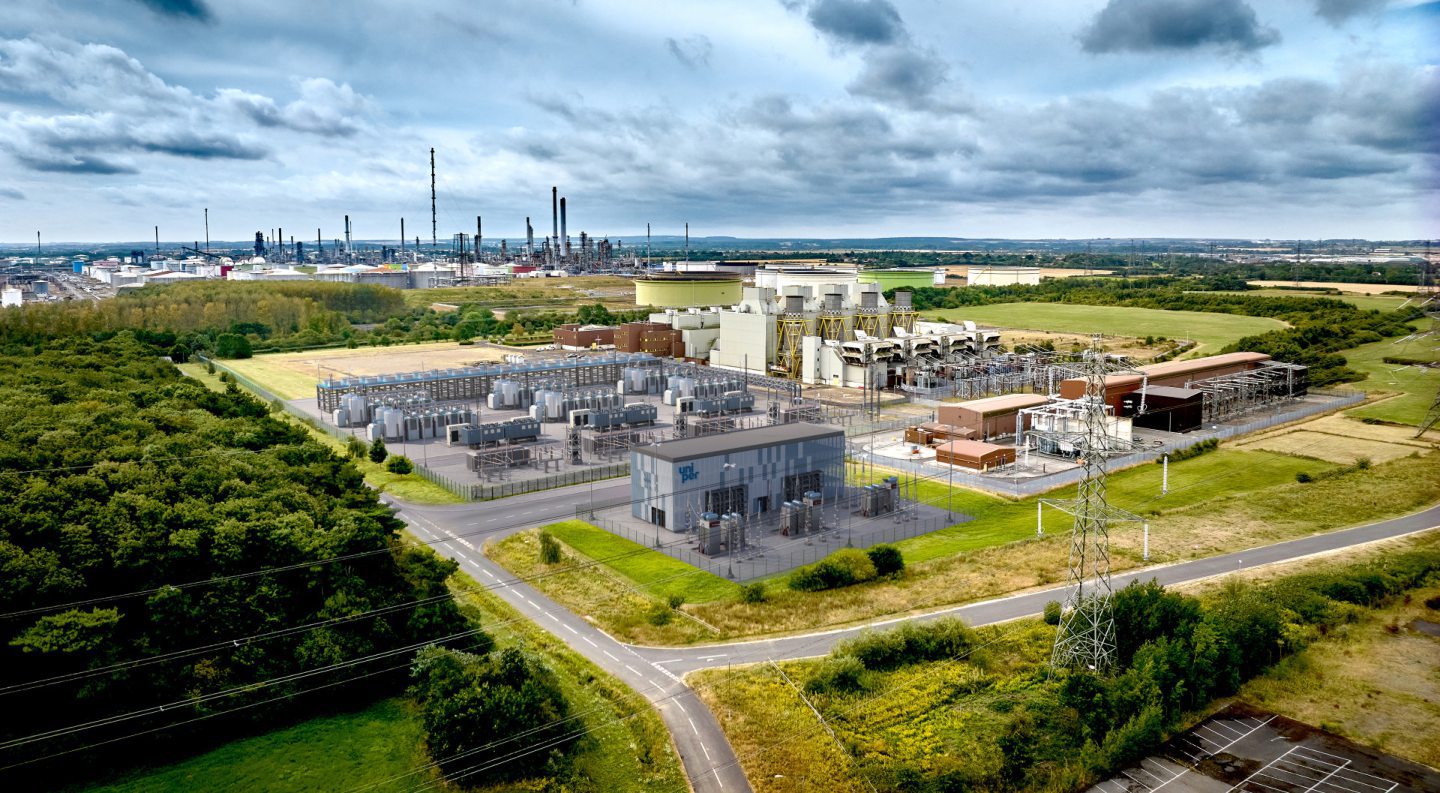
ITM Power has been selected to provide electrolysis technology to Uniper’s Humber H2ub (Green) project in Killingholme, in North Lincolnshire.
ITM has been tasked with supplying six 20MW Poseidon core electrolysis process modules for the project.
This comes after the UK government announced in April that Humber H2ub was one of the 27 green hydrogen projects shortlisted under the Hydrogen Allocation Round 2 (HAR2).
These projects have been invited to proceed to the next stage of the HAR2 process – a due diligence phase for which Uniper is to submit a request for information (RFI) form by May 16.
The government is expected to decide which of the shortlisted projects to award contracts to in 2026, with successful projects then required to be commissioned by the end of 2029.
Humber H2ub (Green) will have an initial capacity of 120MW, with the potential to expand it by an additional 200MW or more further down the line.
Uniper signed a collaboration agreement in March 2024 to work towards supplying green hydrogen from the Humber H2ub project to Phillips 66’s Humber Refinery, which is also located in Killingholme, to replace some refinery fuel gas in fired heaters at that facility.
Uniper is targeting a final investment decision (FID) on Humber H2ub (Green) in 2026, after which it would bring the project online by 2029, in line with HAR2 requirements.
In its announcement, ITM said that Poseidon offered “unmatched efficiency, rapid response times, and an optimised footprint for large-scale projects”.
Elsewhere on its website, the company says Poseidon consists of consists of skid-mounted units enabling scale-up, which are suitable for both indoor and outdoor installation.
Humber H2ub
ITM’s CEO, Dennis Schulz, welcomed the selection of his company for the project, saying Humber H2ub would “contribute to the decarbonisation of the Humber Refinery and create skilled job opportunities at Killingholme and the surrounding area”.
Uniper’s chief operating officer for new green power and gas, Jan Taschenberger, added: “This is a key milestone for the project, and we are looking forward to working with ITM Power and further developing the engineering for the project built around the ITM Power 20MW Poseidon modules.”
Uniper requires planning approval before it can ahead. According to the company’s website, it intends to submit its planning application in mid-2025, with a decision from the council then expected in late 2025 or early 2026.
The project is part of the broader Humber H2ub scheme, which also includes the Humber H2ub (Blue) plan to produce blue hydrogen, with emissions from the production process captured using carbon capture and storage (CCS).
The combined Humber H2ub scheme is one of Uniper’s Energy Transformation Hubs – sites where it is working with partners to develop innovative energy transition initiatives including clean hydrogen.
Humber H2ub (Blue) would have a capacity of up to 720MW and is being developed by Uniper and Shell. The two companies awarded a contract to Shell Catalysts & Technologies in February 2023 to deliver a process design package for the project, using the Shell Blue Hydrogen Process (SBHP).
Little has been said about that project since, but according to the Future Humber group, which brings together local business interests to promote investment into the region, Humber H2ub (Blue) could begin operations from 2030 if the prior steps proceed on schedule.








